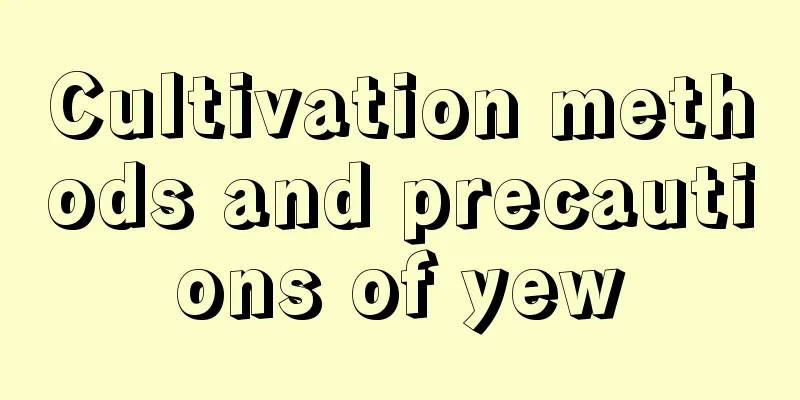Green treasure tree cultivation methods and precautions

1. Maintenance methods1. Temperature: During the day, it is best to control the temperature between 20 and 21 degrees. At night, the temperature needs to be slightly lower, preferably between 18 and 19 degrees. It is not resistant to high temperatures and needs to be below 27 degrees to grow normally. In winter, try to stay above octave. The temperature should not be lower than five degrees, otherwise you will get cold. 2. Light: The Emerald Tree is a light-loving plant, but it is also shade-tolerant to a certain extent. Do not place in complete darkness. In addition, too strong light is not good either, try to avoid direct light. 3. Humidity: The surrounding air humidity should be kept between 70 and 80 percent. In summer, humidity should not exceed 85 percent. Otherwise, high temperature and high humidity can easily lead to some diseases and pests. However, if the air is too dry, you need to spray water in time. 4. Fertilization: During the growth period, fertilizer is required once every half a month. Compound fertilizer can be used. 2. Breeding techniques1. Repotting: It also has some requirements for the substrate. For example, there are requirements for air permeability, drainage, and fertility. It is best to repot every two or three years. It can be prepared with leaf mold, sand and perlite. When repotting, be careful not to damage the roots. After repotting, place it in a cool place and wait for it to adapt to the environment. 2. Pruning: When the Emerald Tree is growing very vigorously, if it is not pruned in time, its branches and leaves will become very messy, affecting its appearance and consuming nutrients. Can be pruned intensively in spring. Trim away any overly messy branches and leaves. Cut off the dry branches and leaves. When diseases and insect pests occur, pruning is also a very important auxiliary measure. 3. Problem diagnosis and treatment1. Disease: There may be "anthracnose", which mainly threatens the leaves. It is more likely to occur in summer. The treatment with thiophanate-methyl is more effective. At the same time, you also need to pay attention to cleaning up the surrounding debris. 2. Pests: There are many pests, such as scale insects, red spiders, etc. They can be eliminated with insecticides, and care should also be taken to remove their eggs. IV. Other issues1. Toxicity: It is non-toxic. It also does not emit harmful gases. Not only that, its purifying effect is very strong. 2. Can it be raised at home? Yes, it is suitable. It is not only ornamental but also can purify the air. |
<<: Mangosteen cultivation methods and precautions
>>: Cultivation methods and precautions of large-leaf gardenia
Recommend
Advantages and disadvantages of Claire rose
Clare rose is rated as the most beautiful white r...
How often should I water the bamboo palm?
How often should I water the bamboo palm? Bamboo ...
The efficacy and function of cucumber
1. Clear away heat and relieve summer heat Cucumb...
Do orange trees prefer shade or sun?
Do orange trees prefer shade or sun? Orange trees...
How to grow Jade Leaf Bonsai
1. Soil quality The soil for growing plants shoul...
How often should I water the purple bamboo plum?
How often should I water the purple bamboo plum? ...
How to grow gardenia
1. Breeding environment 1. Soil: Gardenia is suit...
How many days does it take for Chinese cabbage to sprout from seeds?
Chinese cabbage germination time Generally speaki...
Preparation method of fortune tree flower soil
Soil requirements for money tree flowers The mone...
Can the lotus flower bloom?
1. It can bloom Bowl lotus can bloom. Its flowers...
How to cultivate shrimp orchid
soil The loam should be well-drained, loose, mois...
Breeding methods and precautions for winter corals
Farming methods soil When planting winter coral i...
How and when to plant rapeseed
Before cultivating rapeseed, you should choose se...
The difference between Elsholtzia and Patchouli
1. Difference of blades The leaves of Elsholtzia ...
How to grow mint vigorously
1. Suitable soil If you want mint to grow vigorou...









